By David D. Barrett
The final months of World War II saw the liberation of hundreds of ghastly concentration camps and the awful reality of Nazi racism. For more than seven decades those atrocities, including the use of human beings for medical experiments, have been common knowledge. Far less known is the wholesale slaughter of hundreds of thousands of Chinese by a Japanese organization known as Unit 731.
Established for the purpose of developing biological and chemical weapons, Unit 731 exceeded by a year the duration of the Third Reich. While biological and chemical weapons were not new to warfare, Japanese testing on human subjects was unparalleled even by the Nazis.
What makes this descent into barbarity all the more stunning was the Japanese contribution to medical science just three decades earlier. A U.S. Army doctor named Lewis Livingston Seaman observed colleagues who were attending to the Imperial Japanese Army (IJA) during the Russo-Japanese War (1904-1905).
Dr. Seaman came away from his experience profoundly impressed with his medical brethren, stating, “The history of warfare for centuries has proven that in prolonged campaigns the first, or actual enemy, kills 20 percent of the total mortality in the conflict, whilst the second, or silent enemy (disease), kills 80 percent.
“I unhesitatingly assert that the greatest conquest of Japan has been in the humanities of war, in the stopping of the needless sacrifice of life through preventable disease. Japan is the first country in the world to recognize that the greatest enemy in war is not the opposing army, but a foe more treacherous and dangerous—preventable disease, as found lurking in every camp—whose fatalities in every great war of history have numbered from four to twenty times as many as those of mines, bullets, and shells.
“It is against this enemy that Japan, with triumphant exaltation, may cry Banzai. For it is against this enemy that she has attained her most signal victories….”
Twenty years later, Japan signed the Geneva Convention, which prohibited biological and chemical warfare. But where other men reasoned with justification that these kinds of weapons should be banned by civilized nations, another man, a specialist in bacteria and related fields, Dr. (Colonel) Shiro Ishii, saw the prohibition as an opportunity.
He reasoned that if something were bad enough to be outlawed, then it must certainly be effective, and he began a sustained effort to establish a military arm within the Japanese Army whose aim would be the development of weapons based on biology. Ishii was highly intelligent but arrogant, merciless, and immoral.
He thought of himself beyond reproach and as a visionary. He was driven to break new scientific ground and to help Japan defeat its foes. In his quest to contribute to that effort, Ishii in time exhorted his team of physicians to violate the physicians’ ethical code: “A doctor’s God-given mission is to challenge all varieties of disease-causing micro-organisms; to block all roads of intrusion into the human body; to annihilate all foreign matter resident in our bodies; and to devise the most expeditious treatment possible….
“However, the research we are now about to embark is the complete opposite of these principles, and may cause us some anguish as doctors. We pursue this research for the double medical thrill; as a scientist … probing to discover the truth in natural science; and as a military person, to build a powerful military weapon against the enemy.”
To convince the senior levels of the Imperial Army to back his efforts, Ishii built his case around financial considerations, completely skirting either Japan’s obligation to the world community as a signatory of the aforementioned 1925 Geneva Convention or the morality of using such weapons. Ishii argued that compared with the costs of building, manning, and maintaining huge conventional forces, bacteria and gas were a far less expensive alternative.
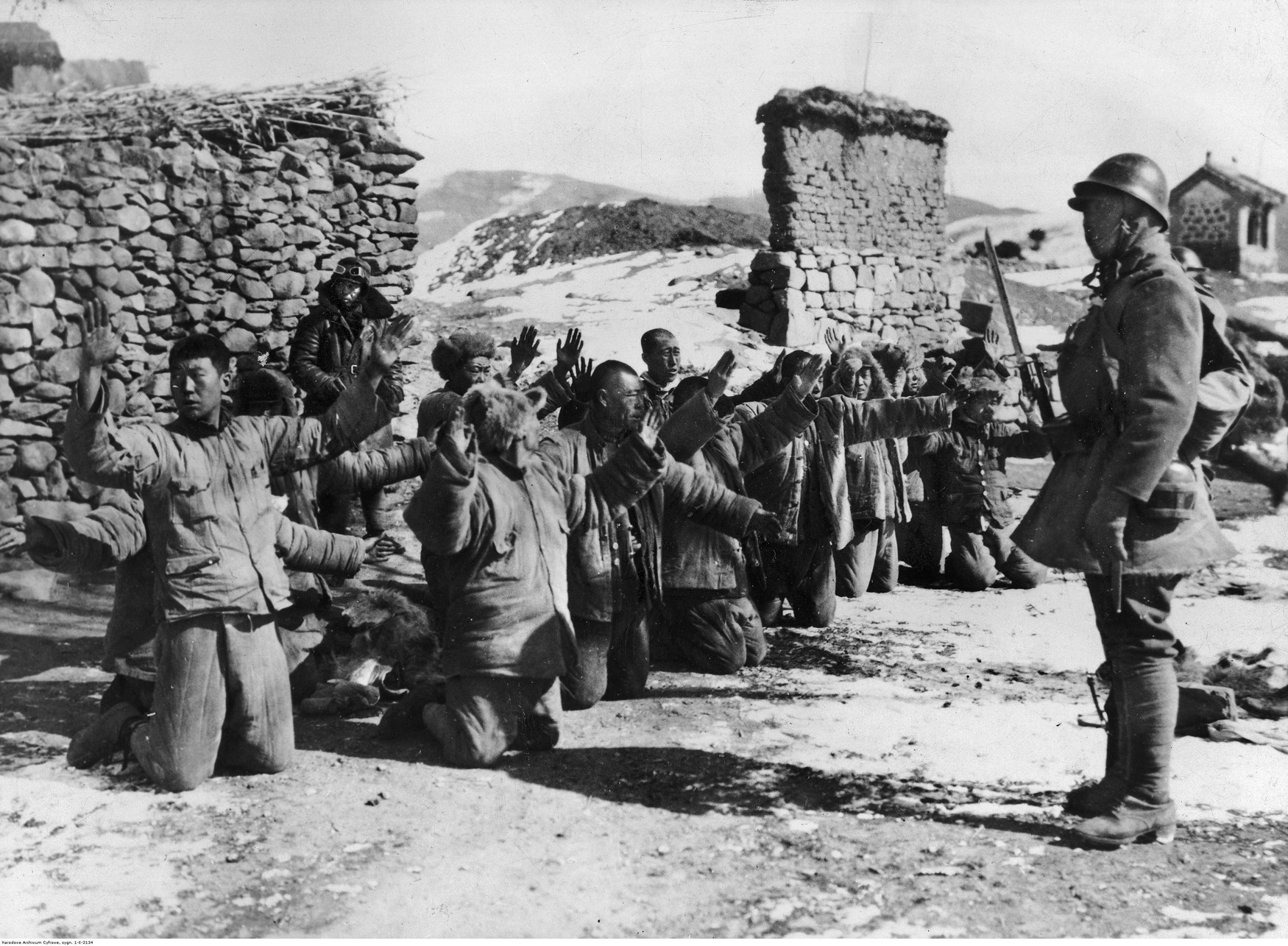
By 1930, nationalism burned hotter than ever in Japan and created a climate receptive to Ishii’s ideas of developing biological weapons. In September 1931, Japanese forces instigated the “Mukden Incident.” The pitched battle between Japanese and Chinese forces was actually no more than a Japanese ruse used to justify a complete takeover of Manchuria.
Moreover, the area became the perfect place to develop and test Ishii’s new biological and chemical weapons, a place where he would be free to conduct any kind of experiment he deemed beneficial.
The following year, under the cover of the euphemistically named Epidemic Prevention Research Laboratory, Ishii set up shop in the Army’s hospital in Tokyo. The location was only temporary because, to accomplish his objectives, he would need access to far greater resources; Japanese ascendancy in Manchuria provided its medical community unprecedented opportunities for research (much as the Germans used concentration camps and their prisoners for their own medical and pseudo-scientific research).
Ishii’s goal of turning bacteria and gas into weapons for the Imperial Japanese Army required comprehensive study, and he believed animals could not supply usable data. Japan’s control over Manchuria delivered research materials in the form of people who were plucked from the streets and locked into black vans known as voronki (ravens), to be carried off to the waiting prison cells of Unit 731.
Japan’s Kempeitai, the military police arm of the IJA from 1881 to 1945, was tasked with these kidnappings. The Kempeitai was less a conventional military police body than a secret police force akin to the Gestapo. Headed in Manchuria by Hideki Tojo, from 1935 to 1937, the Kempeitai’s cruelty was notorious in occupied territories. (See WWII Quarterly, Fall 2011). After the war, the U.S. Army estimated it numbered 36,000 regular members.
Anxious to take operations to the next level, in 1932 Dr. Ishii chose the city of Harbin, capital of Heilongjiang Province in southwest Manchuria, as the site of Unit 731’s first biological and chemical weapons facility. The original buildout covered a 500-square-meter area and was designated a restricted military zone. A tract of land to the south of the sector was appropriated and made into an airport. It and a nearby rail line were also used to move victims to Unit 731 and transport results and specimens back to Japan’s medical community.
Japan’s medical institutions enabled the work of Unit 731 by supplying Dr. Ishii with top Japanese scientists and physicians who would be labeled Hikokumin (traitors) if they refused to take part. Most medical professionals saw their work as noble service to the Emperor; the fact that they were killing non-Japanese meant nothing to them.
Unit 731 received state-of-the-art equipment and a nearly unlimited supply of funds from the Japanese government. Even for reluctant researchers Ishii’s factories were luxurious. The annual budget for Unit 731 was ten million yen (about nine billion yen in the modern currency, or about $86 million). Salaries were very generous, and the food was exceptional.
Precipitated by an escape attempt by 40 prisoners, all of whom were captured and killed, the Harbin operation was closed and moved to the Harbin suburb of Ping Fang in 1936. This complex was a sprawling walled city of more than 70 buildings that dwarfed its predecessor in Harbin. The perimeter at Ping Fang incorporated more than six square kilometers and rivaled Auschwitz-Birkenau in size. Tucked away inside the administration building was a prison that housed 500 men, women, and children selected for vivisection.
As immense as Ping Fang was, Unit 731 also had affiliated locations in Nanking (Unit 1644), Beijing (Unit 1855), and Changchun (Unit 100). Altogether there were 26 known killing laboratories, experimental detachments, and battalions of the Army spread across occupied lands in Asia. The total number of personnel involved reached some 20,000. All units and facilities were coordinated by the Epidemic Prevention Research Laboratory under the control of Colonel Ishii.
The research was made available not just to the Army hospital in Manchuria, but to doctors and educators throughout Japan. In this way, Unit 731 was performing the service of human experimentation for the entire Japanese medical community, in an on-going feedback loop. “Medicine itself must become a weapon,” said Nakagawa Yonezo, Professor Emeritus at Osaka University.
The gruesome professionalism of Unit 731 included a touch of sardonic humor. The construction of the Ping Fang installation prompted locals to ask what it was. The answer was a “lumber mill.” Regarding this reply, one of the researchers joked privately, “and the people are the logs.”
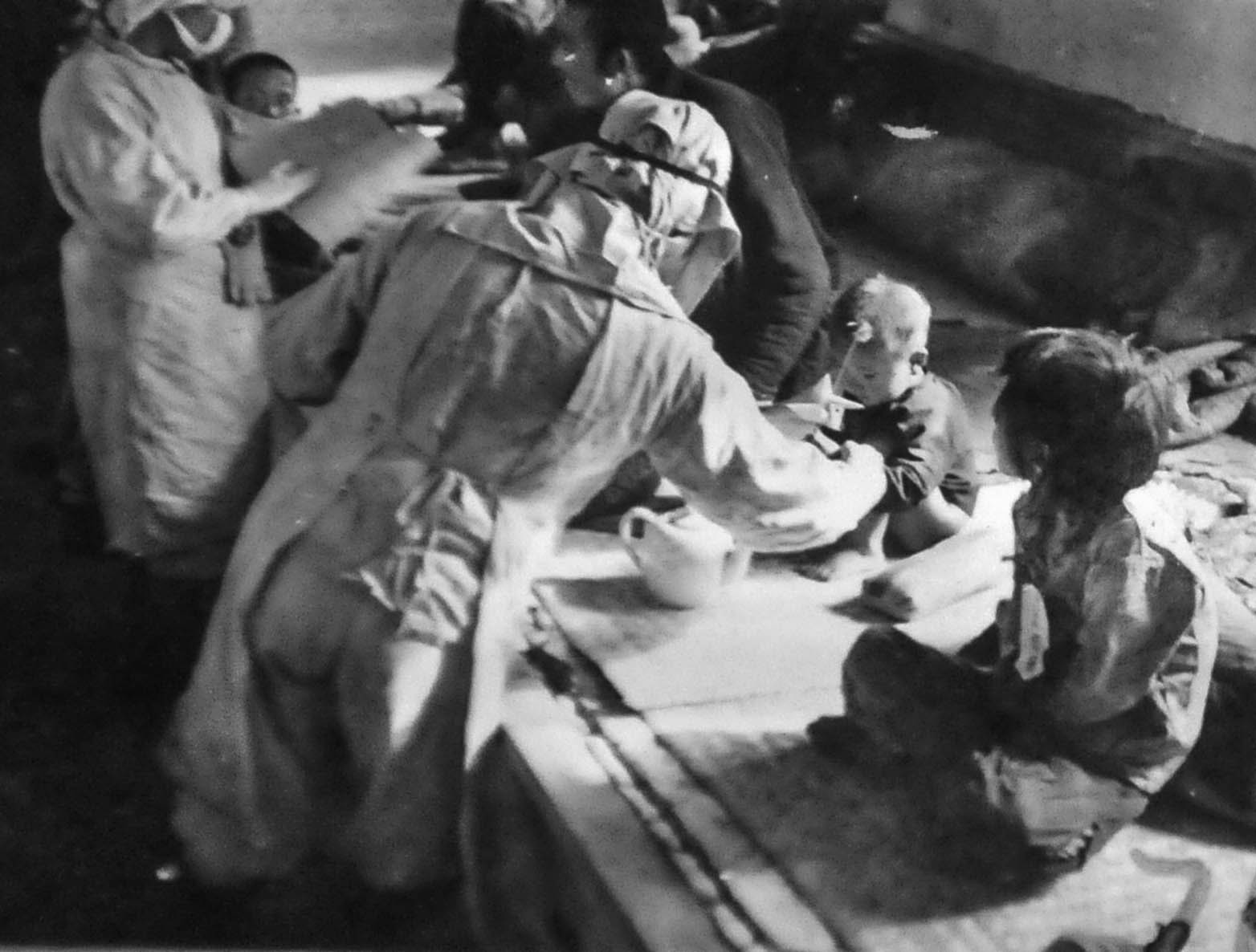
From then on, the Japanese term for log, Maruta, was used to speak of the prisoners whose last days were spent being infected with lethal pathogens, torn apart, frozen, or gassed by Japanese researchers. The expression indicates a degree of racism far beyond disdain; it is evidence of a belief that torturing the Chinese was of no more consequence than squashing a bug.
As noted earlier, the primary objective of Ishii and Unit 731 was the creation of biological and chemical weapons. To facilitate that end, wholesale human experimentation was utilized, including the vivisection of thousands of people. The justification for performing all these surgeries came from the expectation that human tests would create better weapons.
Doctors in Unit 731 examined the first stages of disease on organs. A former member of Unit 731 described the process: “As soon as symptoms were observed, the prisoners were taken from their cells and into the dissection room, he was stripped and placed on a table, screaming, trying to fight back. He was strapped down, still screaming frightfully. One of the doctors stuffed a towel into his mouth, then with one quick slice of the scalpel he was opened up.” Witnesses reported that, without anesthesia, the victims let out horrible screams when the first cut was made and that the cries stopped soon thereafter.
A doctor at Ping Fang testified to a time when he was working on a pregnant female victim who awoke from anesthesia while being vivisected. The woman said, “It’s all right to kill me, but please spare my child’s life.” It is likely that more than one mother voiced, as a last wish on the vivisection table, the wish to let her child live. None ever did. The researchers wanted their data.
As ghastly as these procedures were, vivisections were not limited to weapons development, but fell into four categories: (1) intentional infection of diseases, (2) training newly employed army surgeons, (3) trials of nonstandardized treatments, and (4) discovering the limits of human tolerance to pain and stress.
Under the auspices of weapons development and intentional infection of diseases, prisoners were injected with various biological agents including plague, typhus, cholera, anthrax, and syphilis.
To test the effectiveness of dispersion methods for military purposes, victims were staked to crosses with their vital organs and heads protected. Various types of bombs and agents were then dropped or sprayed from specially modified planes to test the survivability of the agents and their ability to infect the subjects. Community water and food sources were also contaminated. To determine the results, mobile vivisection units were set up in the field near the infected communities.
The Imperial Japanese Army also allowed its physicians to perform vivisections on living subjects to train them in the treatment of battle wounds—procedures that are too gruesome to describe in detail.
Tests that could have real medical value were also conducted, such as finding the best method to deal with frostbite. But even here Japanese doctors chose to perform the experiments in the most merciless ways possible.
Conventional weapons tests were also carried out. Victims were tied to stakes and used to determine the operational range of flamethrowers, grenades, and various kinds of shells and bombs.
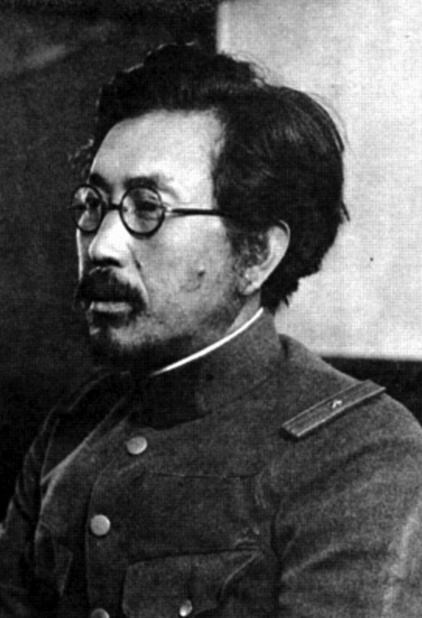
But this was hardly the extent of the tests to which the prisoners were subjected. Sheldon Harris, author of Factories of Death, stated, “They just killed people with no inherent purpose other than to see how they reacted to being killed.” People were locked into high-pressure chambers until their eyes popped out, or they were put into centrifuges and spun to death.
Other experiments involved hanging prisoners upside down to discover how long it took for them to choke to death or injecting air into their arteries to test for the onset of embolisms. Another test consisted of taking blood samples, at least 500 cm³ (slightly more than a pint) at two- to three-day intervals. Some victims became debilitated; still, the blood drainage continued.
When the human guinea pigs could no longer serve as lab material, they were abused in various manners: injected with poison, killed for their vital organs (brains, lungs, or liver), subjected to violent surgeries (e.g., amputation and reattachment of the limbs to the opposite sides of the body, resection of the stomach to attach the esophagus to the intestines). Electrical shocks were administered until the person slowly roasted to death.
Some experiments had no medical purpose whatsoever except the administering of indescribable pain, such as injecting horse urine into prisoners’ kidneys. The doctors of Unit 731, like the Nazi doctors at Dachau and Buchenwald, indulged any perversion they could imagine.
In 1938 and 1939, the Soviet and Japanese Armies clashed in two encounters near the border of Mongolia and Manchuria. The 1939 summer battle, known as the Nomonhan Incident and the Battle of Kalhin Gol by the Soviets, resulted in the overwhelming defeat of the Japanese Kwantung Army by Stalin’s Red Army.
The clash saw the first field operation of Japan’s biological warfare unit; it occurred in a desert region where water was scarce. To disable their Russian foes, the Japanese dumped large quantities of intestinal typhoid bacteria into the river.
Fortunately for the Russians, this type of typhoid germ became ineffective almost immediately after hitting the water. The contamination was probably initiated more for the publicity than anything else, as Ishii likely knew it would not work.
In 1940, Japanese planes dropped wheat, corn, rags, and cotton infested with bubonic plague on the unarmed village of Ningbo, China. More than 100 people died within a few days of the attack.
Two years later, the Japanese conducted a second attack in the same area. Japanese researchers took over a house on top of a hill about a kilometer away from the infected zone to use as a vivisection laboratory. As a result of the attacks, the Ningbo region remained sealed off until the 1960s.
During the siege of Bataan in the Philippines in March 1942, the Japanese planned to release 200 pounds of plague-carrying fleas—about 150 million insects—in each of 10 separate attacks. However, by the time the assault was ready the battle had already ended.
In June-July 1944, during the Battle of Saipan, plague-infested fleas were again to be used against U.S. forces. Fortuitously for the Americans, by this stage in the war it had become almost impossible for the Japanese to get any reinforcements and or matériel to its island bastions, and the Japanese submarine carrying the fleas was sunk en route.
For the Battle of Iwo Jima, February-March 1945, another biological attack was to be carried out against the invading Americans. Two gliders loaded with pathogens were to be towed over the battlefield and released. The gliders never reached their destination.
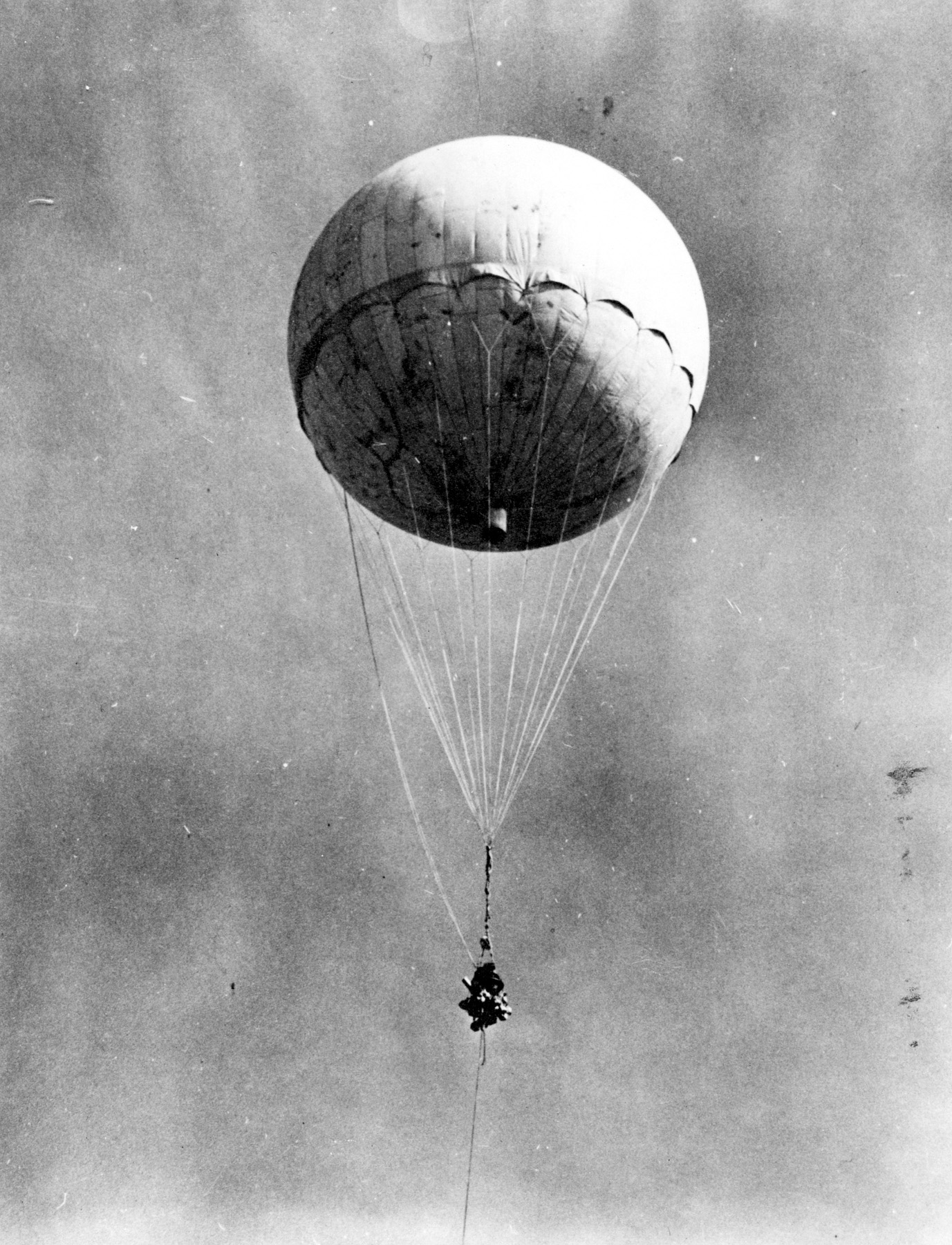
One of the least known Japanese efforts to attack Canada and the continental United States occurred in late 1944 and the spring of 1945. Records uncovered in Japan after the war indicated that about 9,000 balloon bombs, known as fugo, and carrying incendiary bombs, were launched into the jet stream during this period. More than 200 ultimately reached the United States. Six people were killed in Oregon when a bomb detonated on discovery. Before Japan surrendered, Ishii and Army leaders proposed using balloon bombs filled with cattle plague and anthrax.
As part of Japan’s defense of Okinawa in the spring of 1945, Unit 731 had developed plans to meet the American invaders with plague bacteria. The attacks were never carried out because once again fleas carrying the plague could not be delivered to the island. The native Okinawan population only learned of this plan in 1994.
Operation PX, aka Cherry Blossoms at Night, were the codenames for the Japanese plan for a biological attack on cities in southern California. The plan was completed March 26, 1945, and scheduled for September 22, 1945, but was abandoned due to the strong opposition of Army Chief of Staff General Yoshijiro Umezu, who was also a member of Prime Minister Suzuki’s war cabinet.
The plan involved the use of five I-400 submarine aircraft carriers, each carrying three Aichi M6A Seiran floatplanes launched against San Diego, Los Angeles, and/or San Francisco. The aircraft were to spread bubonic plague, cholera, typhus, and dengue fever over the city, while the submarine crews infected themselves and ran ashore in a vast suicide mission.
Even after surrender, the Japanese considered a final use of biological weapons. Ishii wanted to stage suicide germ attacks against occupying U.S. troops in Japan. This planned attack never took place, once again due to opposition from General Umezu and Vice Chief of the Imperial Japanese Army General Staff, General Torashiro Kawabe, who claimed that he did not want Ishii to die in a suicide attack.
Almost as soon at World War II ended, a new Cold War began between the United States and the Soviet Union. In this atmosphere, Lt. Col. Murray Sanders of the United States Army recommended to General Douglas MacArthur and President Harry Truman in the fall of 1945 that Ishii and his subordinates be given immunity from prosecution as war criminals in return for Unit 731’s research.
MacArthur and Truman approved the deal, and Japan’s biological and chemical weapons program remained largely a secret until the 1990s.
Epilogue
From start to finish, the highest levels of the Japanese government and military were involved in Unit 731. Hideki Tojo, head of the Kempeitai in Manchuria from 1935 to 1937, became Japan’s longest serving prime minister in World War II, from October 18, 1941, to July 22, 1944. Tojo approved the attack on Pearl Harbor and was tried as a Class A war criminal and hanged in 1948.
General Yoshijiro Umezu, who served as the Army’s chief of staff, was a member of the elite war cabinet that held the reins of power in Japan from April 1945 until it surrendered to Allied forces on September 2, 1945. According to Lt. Gen. Kajitsuka Ryuji of the Japanese Medical Service and former Chief of the Medical Administration for the massive Kwantung Army (located in Manchuria), Ishii was given permission to begin the Ping Fang experiment in 1936 by “command of the Emperor.”
At some point in 1939-1940, Hirohito issued still another decree recognizing Ishii’s unit for its service. Moreover, the Emperor’s younger brother toured Unit 731’s facilities during its time of operation.
Unit 731 was extremely well funded, with state-of-the-art facilities, generously staffed with the cream of Japan’s medical community, and routinely communicated with the medical establishment back in Japan—which even provided suggestions for experiments and regularly received human samples.
The vast majority of Ishii’s staff walked away from their wartime service scot free. Information turned over to the United States proved worthless to the American biological weapons program, as the vivisection of human beings did not yield better scientific data.

Immune from prosecution as war criminals, many of Unit 731’s doctors went on to prominent careers in universities, hospitals, and industry, rising to positions that included governor of Tokyo, president of the Japanese Medical Association, and head of the Japanese Olympic Committee. The ringleader, Dr. Shiro Ishii, quietly returned to private practice and died in 1959 of throat cancer at the age of 67.
The Soviet Union was the only government to bring anyone associated with Unit 731 to trial. In late December 1949, in Khabarovsk, Russia, 12 former physicians, officers, and staff were accused of manufacturing biological and chemical weapons. While there was some coverage in the American press, the United States government, keen on protecting its secret deal, labeled the proceedings just another Soviet show trial.
It would take nearly 50 years before the infamy of Unit 731 came to light in the United States. Unlike the Nuremberg and Tokyo trials, in which high-ranking German and Japanese officials were hanged or sentenced to life in prison, the Khabarovsk trials saw no sentence exceed 25 years—with some as short as two. All of the defendants were quietly freed and slipped back to Japan by 1956.
In 1998, more than 100 Chinese plaintiffs filed suit in Japan in an effort to get the Japanese government to acknowledge the crimes of Unit 731 and to obtain reparations for the victims and their families. Mere months before the trial began, the Japanese Education Ministry approved a textbook glossing over the Imperial Japanese Army’s culpability.
The Tokyo District Court’s ruling, coming on August 28, 2002, accepted that Unit 731 had waged germ warfare in China and caused harm to residents but dismissed the Chinese plaintiffs’ claim for compensation. Nevertheless, it was the first time a Japanese court admitted that the Imperial Army had used biological weapons during its war with China from 1932-1945.
Judge Iwata said in handing down the ruling, “The evidence shows that Japanese troops, including those from Unit 731, used bacteriological weapons under the order of the Imperial Japanese Army’s headquarters and that many local residents died.” Noteworthy in the judge’s declaration was his understatement that “many local residents died.”
The judge’s comment was, however, consistent with much of the narrative written about Unit 731 after the war, which generally characterizes the group’s activities as “experimental,” a seeming reference to the vivisections conducted by the Japanese doctors.
Most accounts reckon the loss of life caused by vivisection to be around 3,000 to 10,000 individuals. These figures neglect the field tests of pathogens conducted against Chinese civilians and the subsequent losses of life from bubonic plague after the war.
Such minimization constitutes a miscarriage of justice for the hundreds of thousands who were murdered as a result of these attacks, and potentially the tens of thousands more Americans who could have died if the Japanese plans had been carried out on numerous Pacific battlefields, or if they had been successful in their attempts to deliver biological agents to the U.S. mainland in the latter stages of the war.
As it stands, Sheldon Harris’s Factories of Death (1994) estimates the loss of life at 200,000, with Daniel Barenblatt’s A Plague Upon Humanity (2008) putting it as high as 580,000.
At what point is Unit 731 indicted for mass murder? While some Japanese scholars have been rigorous in documenting Japan’s war crimes, their own government has been unwilling to acknowledge the atrocities it perpetrated against China.
Unit 731’s legacy is one of a useless, fanciful, extravagant, and sadistic indulgence that accomplished nothing politically or militarily for Japan, and, in terms of its research, nothing for the United States.
One can only hope that the perpetrators, who escaped prosecution as war criminals, achieved something positive in their postwar careers because the victims are still crying out for justice.
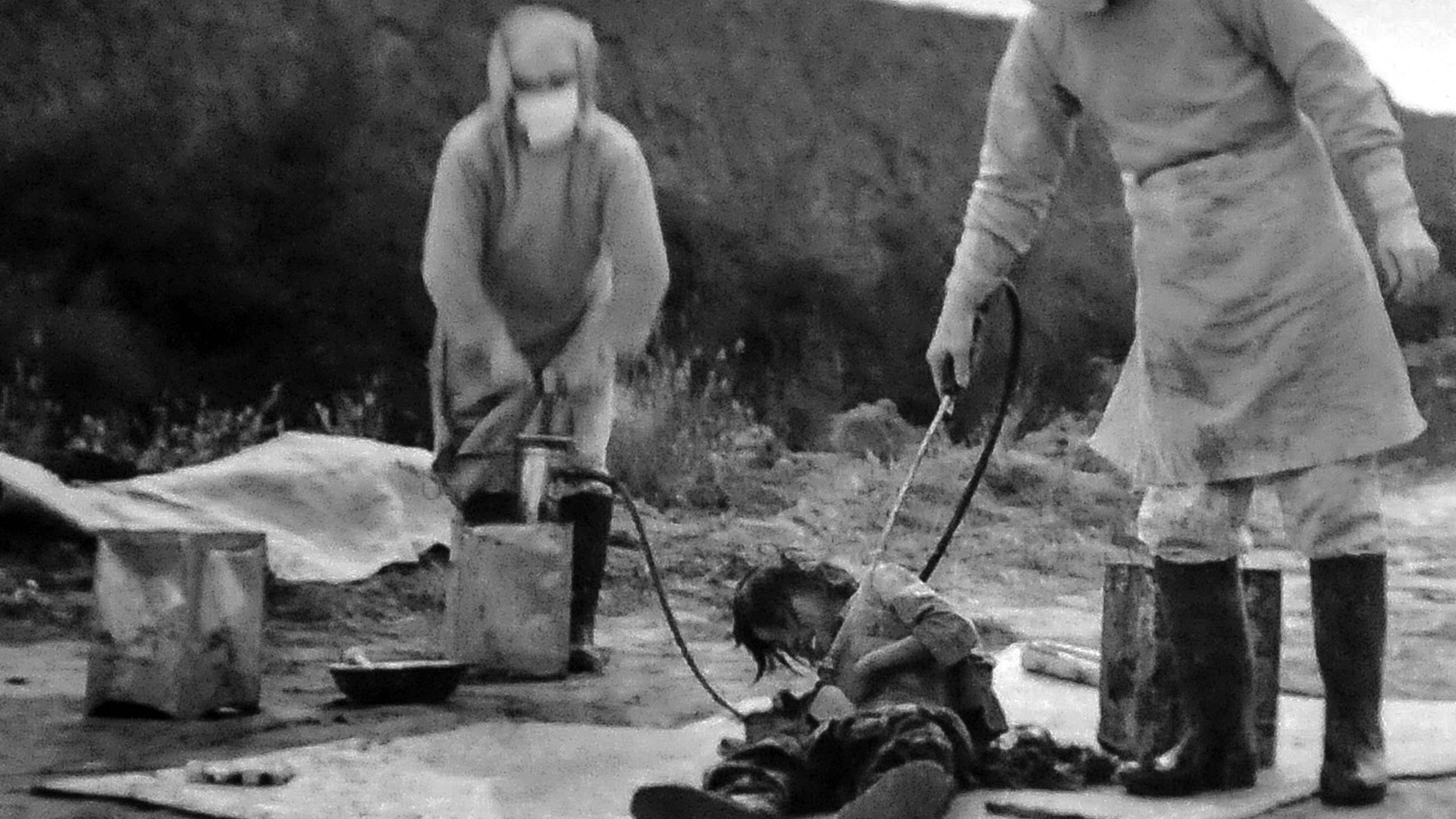
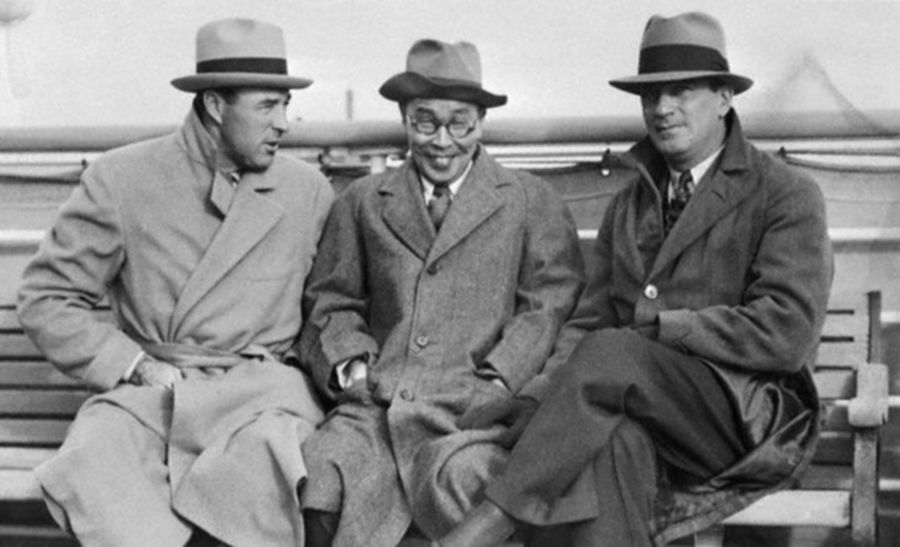
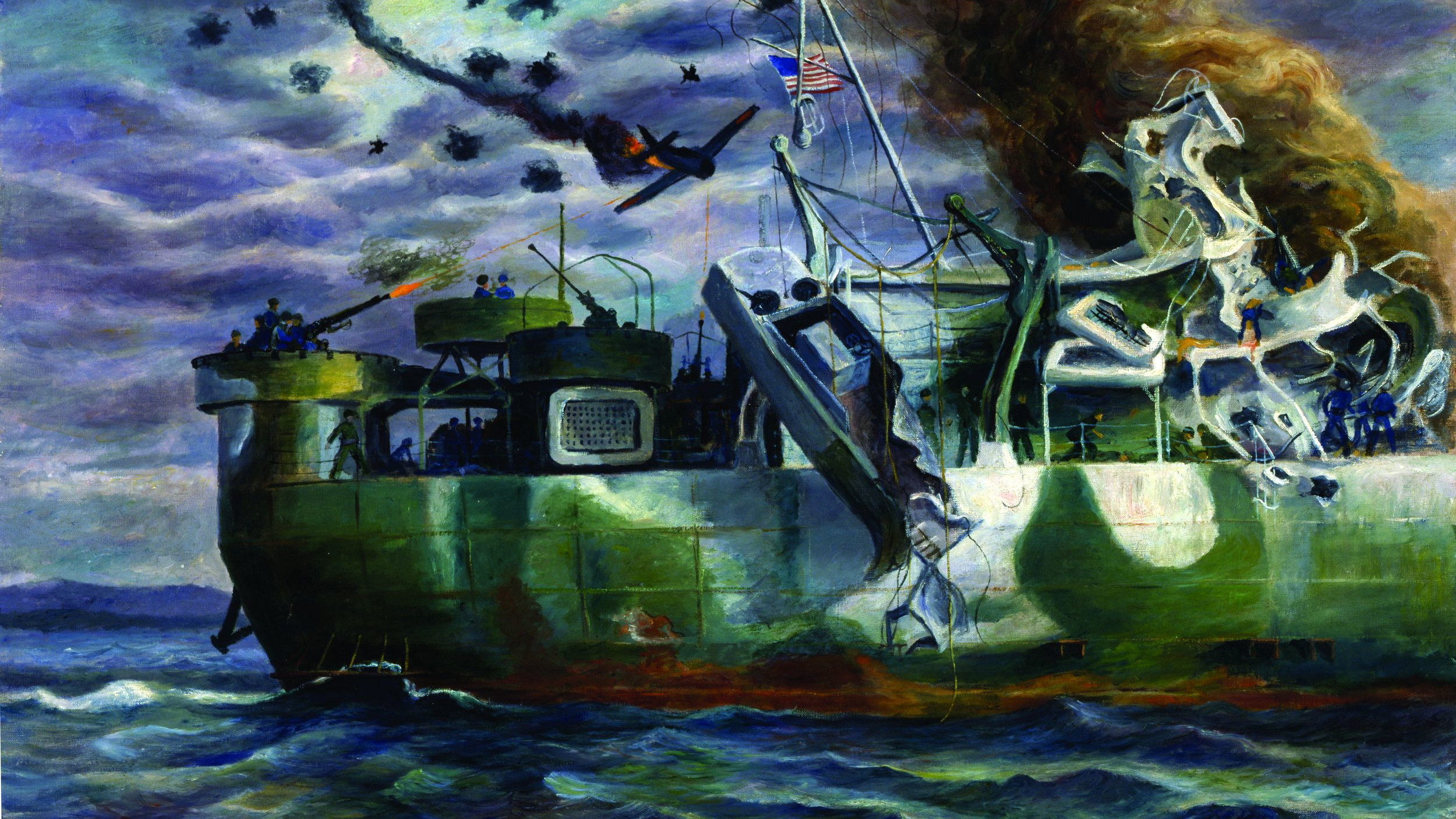
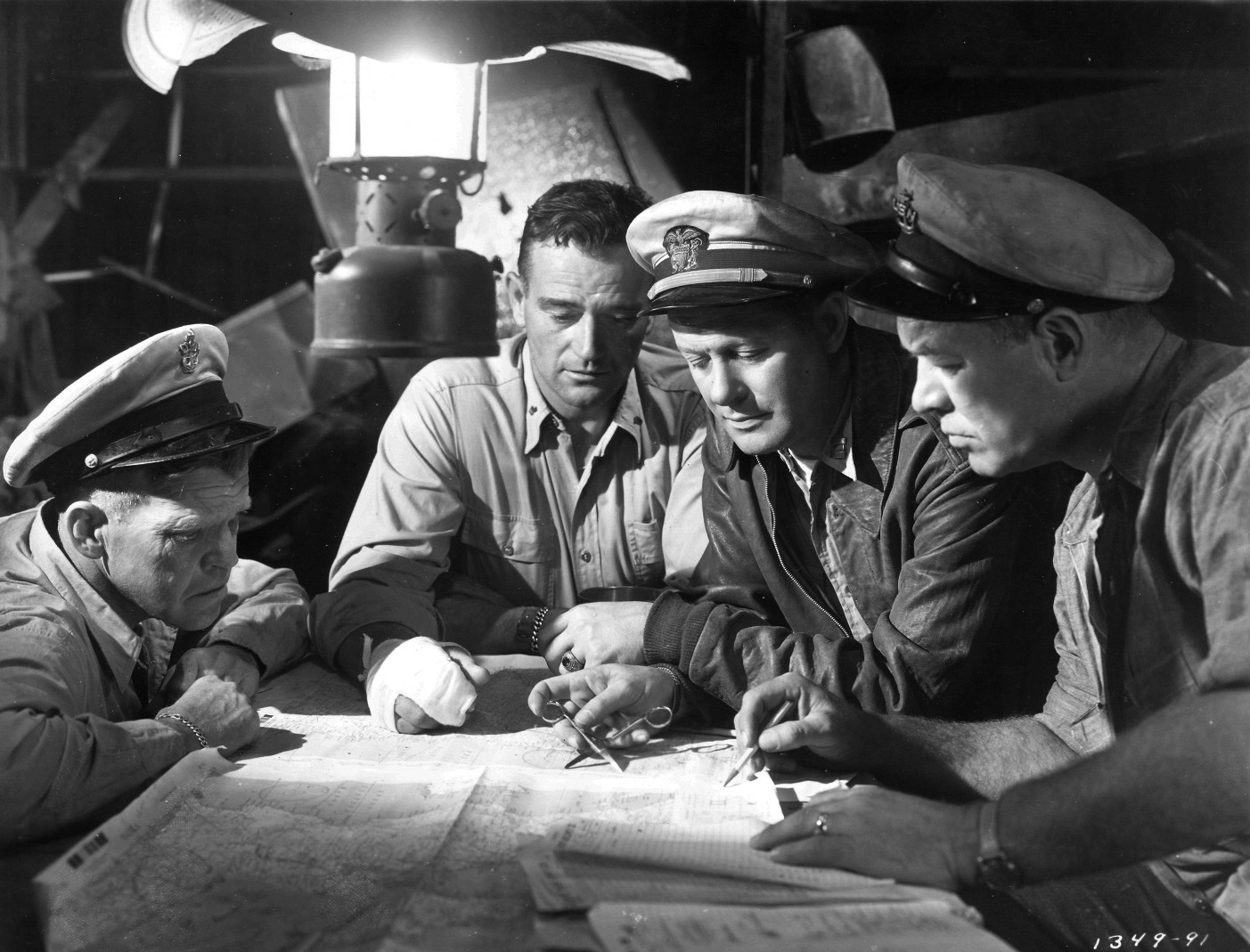
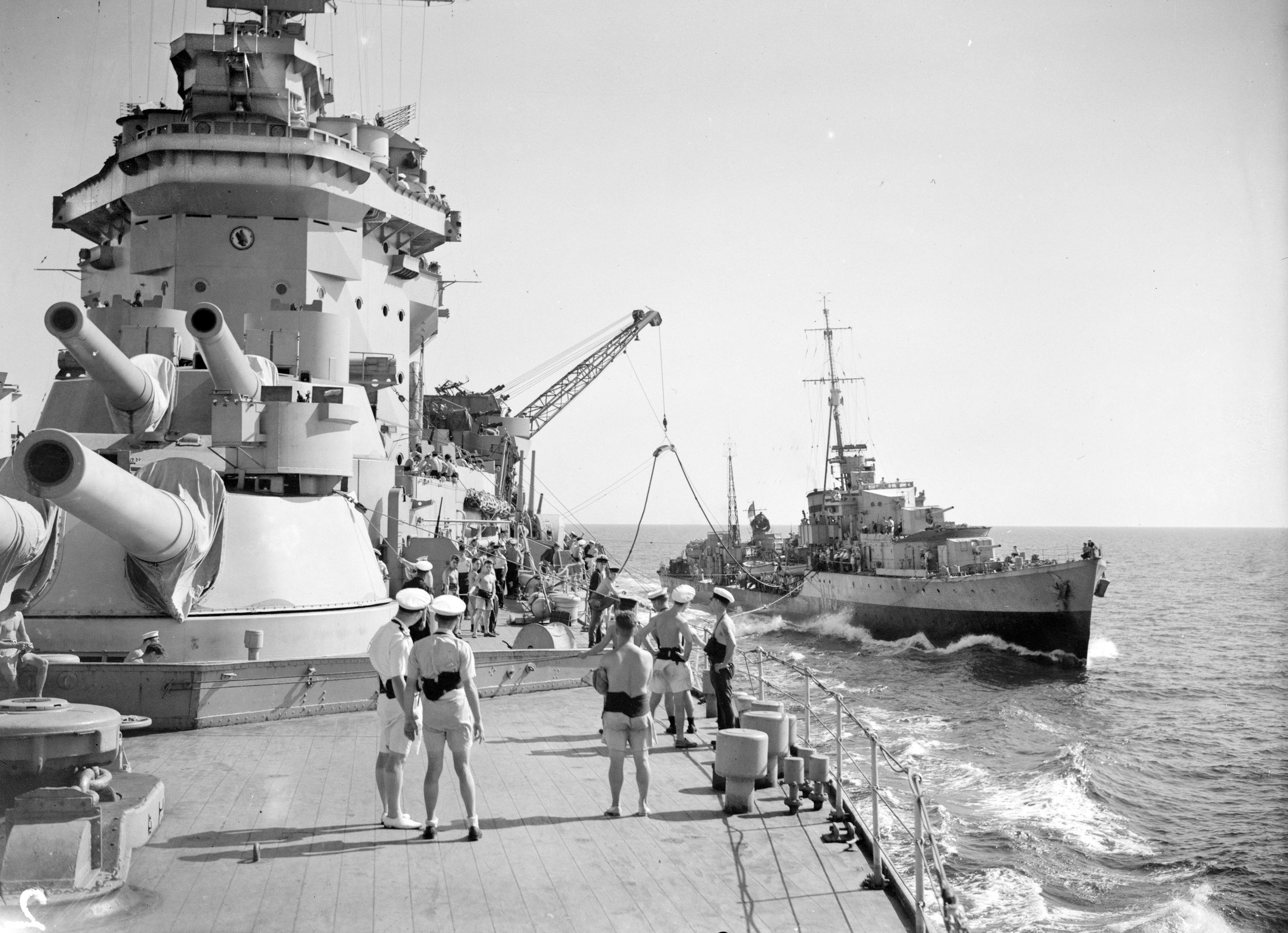
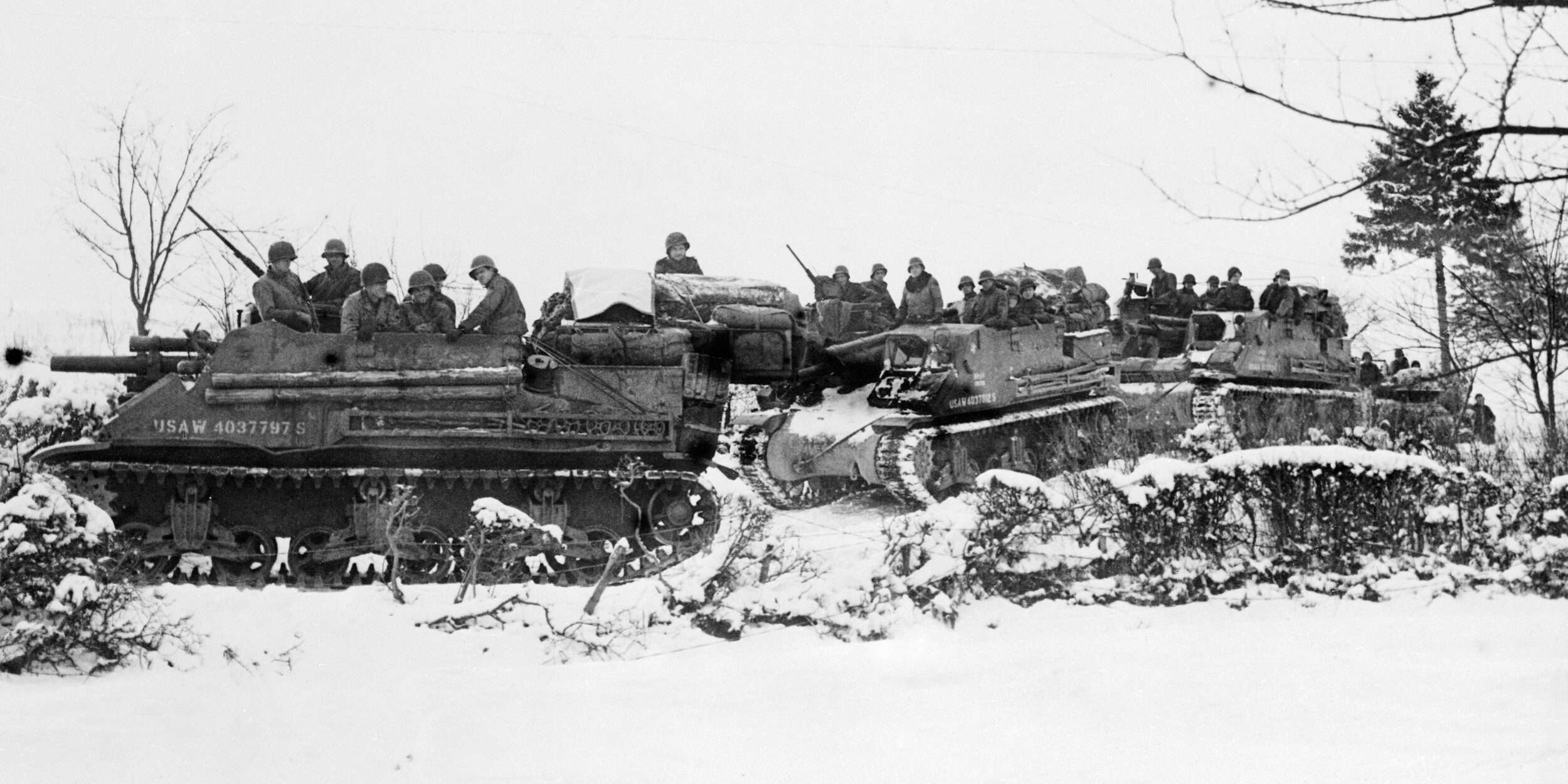
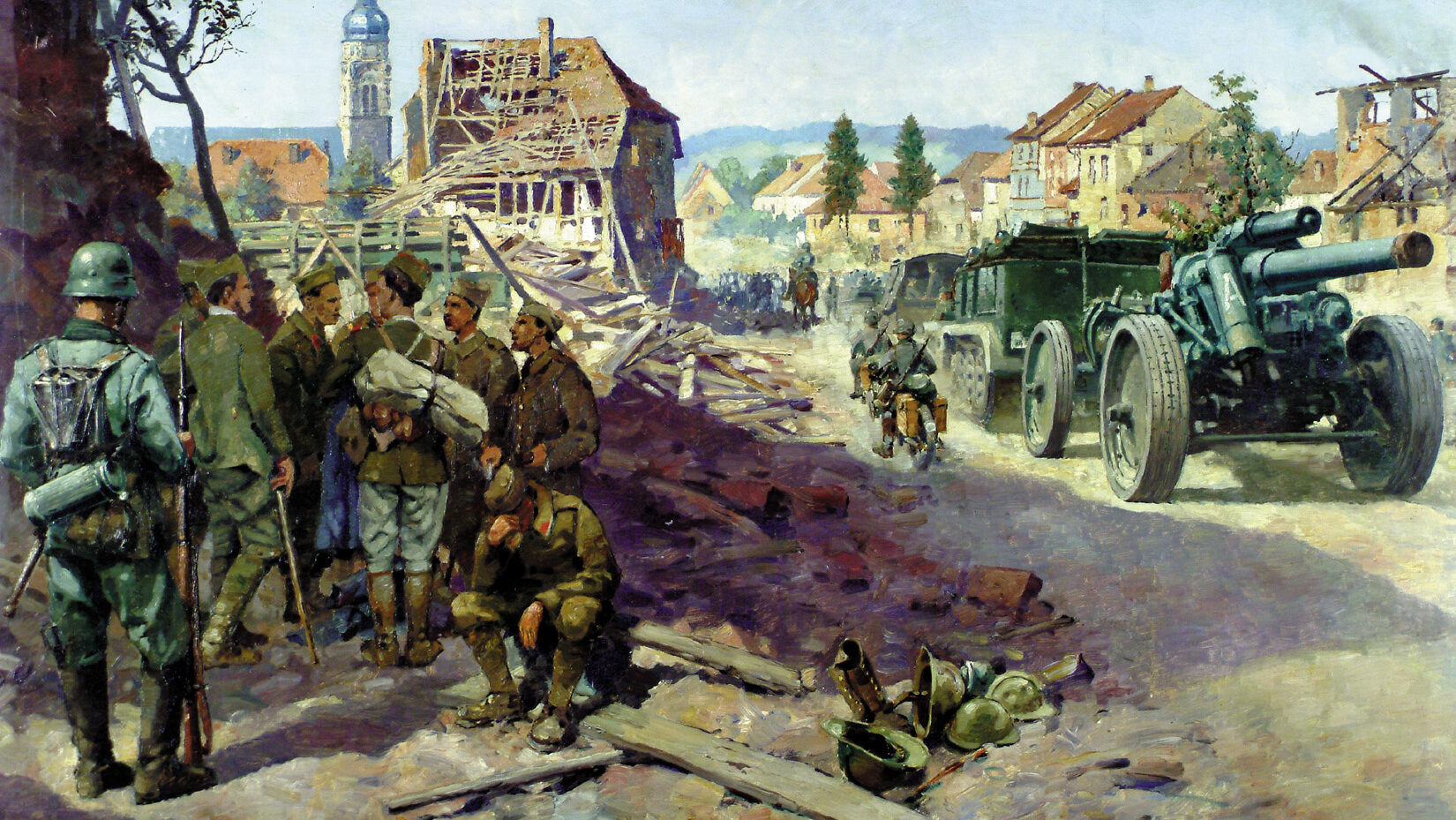
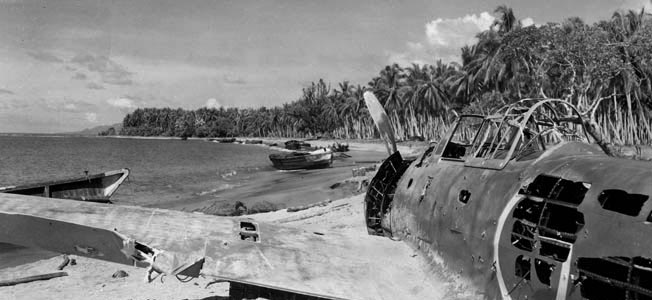
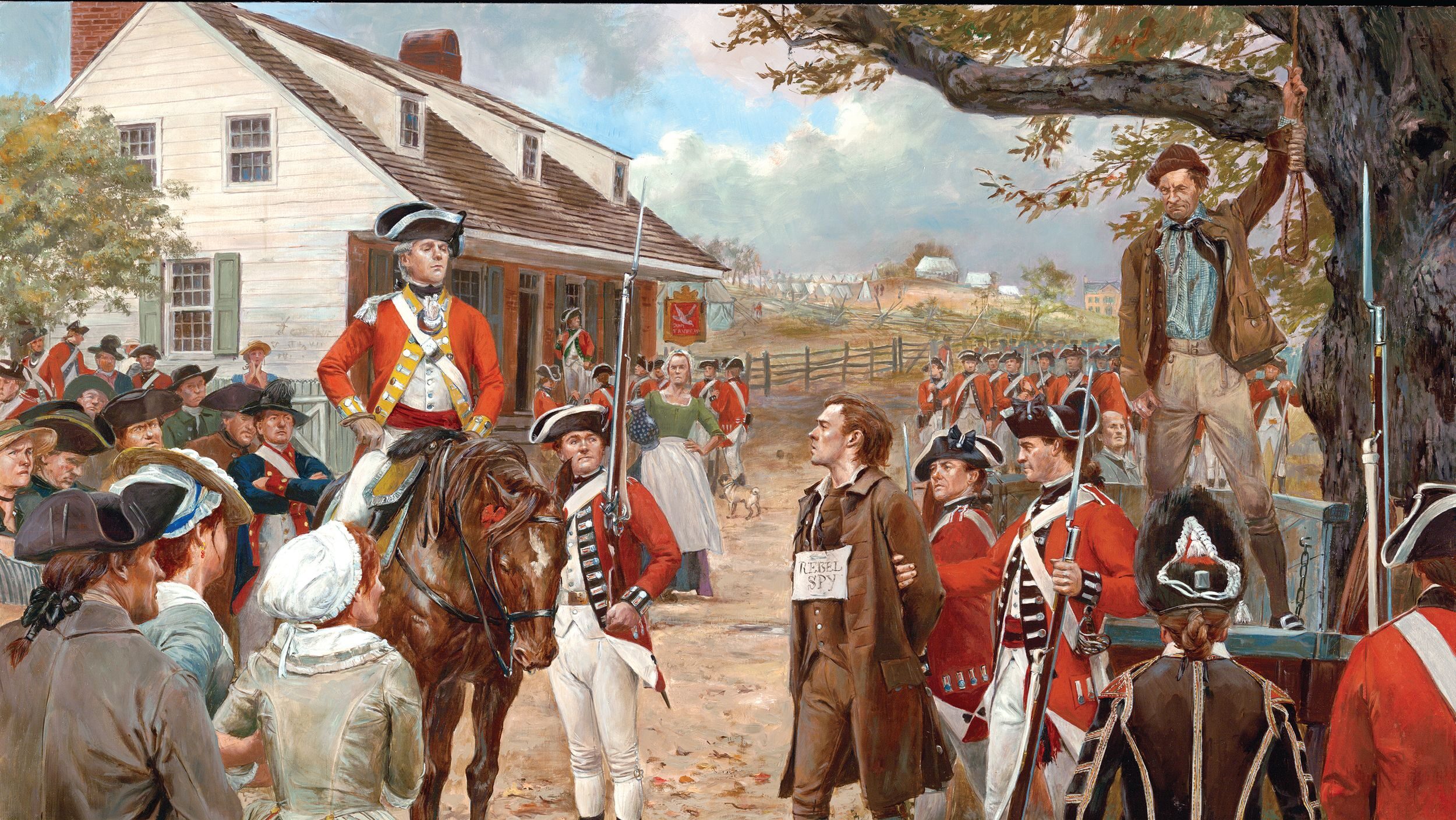
Join The Conversation
Comments
View All Comments